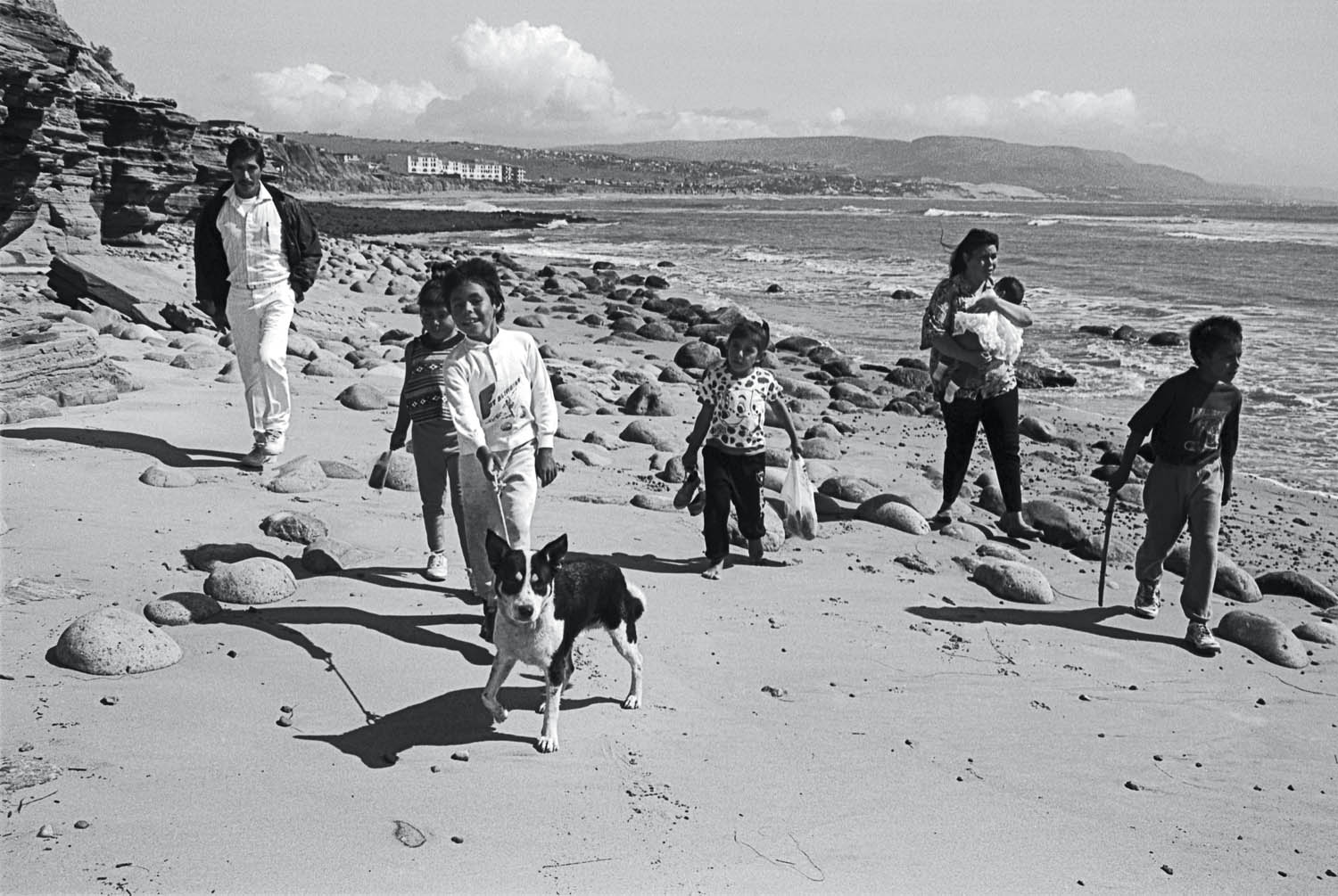Image


You should really subscribe now!
Or login if you already have a subscription.
Annie Appel’s images are in the permanent collections of the Smithsonian’s National Museum of American History and the Los Angeles County Museum of Art, as well as private and corporate collections throughout the United States. Recently her work appeared in The Occupy Portraits: A Photo Essay.